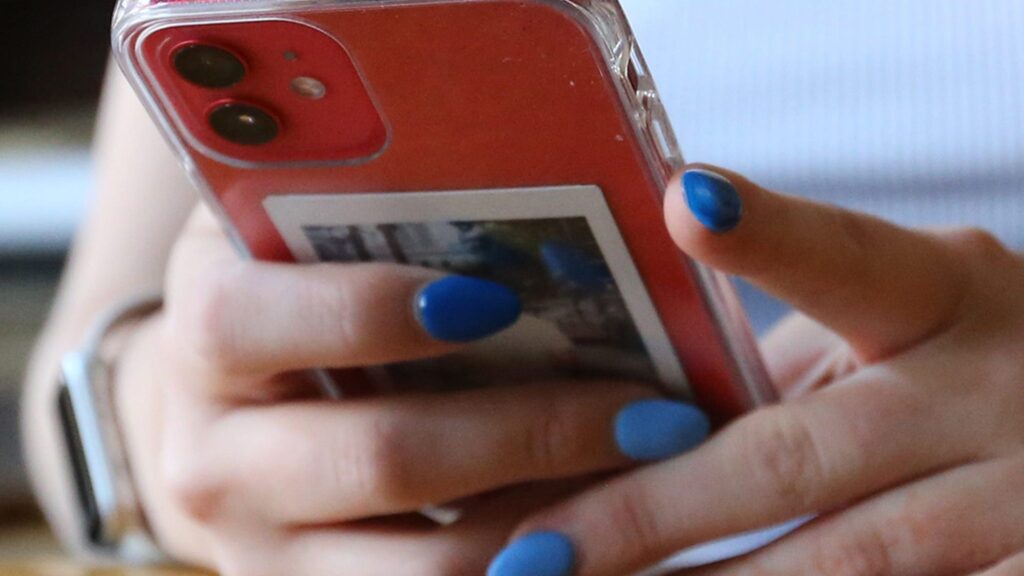A new CDC report finds that the mental health of young people has improved in recent years after a period of heightened sadness and despair during the COVID-19 pandemic.
Data released last week showed the number of high school students feeling sad or hopeless fell by 2% from 2021 to 2023. Students experiencing these emotions fell from 42% to 40%, marking the first time in more than a decade that the annual Youth Risk Behavior Survey has not reported an increase.
But mental and behavioral health experts aren’t celebrating victory yet, as the percentage of kids feeling sad or hopeless remains high — especially among teenage girls, who saw their rates fall from 57% to 53% in the past two years.
“We’ve made some progress in addressing these issues in recent years, proving that this is not an insurmountable problem,” said Kathleen Essier, director of the CDC’s Adolescent and School Health Division, “but there’s still a lot of work to be done.”
What’s been improved?
The new report also found small but meaningful improvements among students from marginalized groups.
Over the two-year period, there was a 4% decrease in Hispanic teens who reported feeling consistently sad or hopeless, having a poor mental health, or having seriously considered suicide, and a 3% decrease in those who had made a suicide plan.
Among black teens, there was also a 4% drop in students reporting suicide attempts and a 2% drop in those who were injured during a suicide attempt.
Ariana Haught, a child psychologist and clinical executive director of the Kids’ Mental Health Foundation, said increased awareness, government funding and school programs could partly explain why youth mental health has improved in recent years.
“The pandemic has made us realize that children’s mental health is a concern,” she said. “People are seeking resources and accessing resources more frequently.”
There have also been concerted efforts to identify the causes of despair among young people.
Last year, U.S. Surgeon General Dr. Vivek Murthy issued a health advisory highlighting the impact of social media on young people’s mental health, and the White House has also committed hundreds of millions of dollars to mental and behavioral health programs in schools and at-risk communities.
Dr. Elizabeth Ortiz Schwartz, a child psychiatrist at Silver Hill Hospital in Connecticut, said the return to classroom learning and extracurricular activities may have also helped improve students’ mental health.
“There were more opportunities to interact with peers,” she said. “The standardization of activities was probably very helpful.”
What’s Worse?
Ortiz-Schwartz said returning to the classroom also means returning to stressors such as academic pressure, bullying and school violence.
The CDC report found that students are increasingly being threatened with or injured with a weapon at school, being bullied at school, and missing school due to safety concerns at school or on the way to and from school.
The survey found that the percentage of girls who missed school increased from 10% to 16% over the past two years, and about 20% of girls experienced sexual violence in 2023. Nearly 30% of LGBTQ+ students said they had been bullied, and 20% missed school due to safety concerns.
Experts say the rise in violence could be a natural consequence of returning to in-person classes and increasing opportunities for physical contact, but they also say there may be other factors at play.
Ortiz-Schwartz has noticed that some post-isolation patients appear to be developmentally stunted, exhibiting social and emotional behaviors typically seen in young children.
The increases in violence and bullying seen in the data could also be because social media normalizes aggressive language and behavior, leading to less self-censorship when children are together in person and therefore more bullying.
Another thing adults should pay attention to is how the behavior manifests so they can teach teens how to deal with it, said Haught, of the Kids’ Mental Health Foundation.
“Kids tend to get frustrated and depressed,” says Howett. “You have to teach them emotion management. It’s okay to be angry, it’s normal to be angry, but they have to find ways to deal with that anger.”
Parents who care for their mental health
Not all students have been hit hard by COVID-19.
A report released in July by the Springtide Institute found that 13-year-olds have done better during the pandemic: Of 1,000 kids surveyed, about 50% said the COVID-19 pandemic has had a positive effect on their family relationships.
While the results seem encouraging, the researchers noted that survey responses varied widely by teen household income: 64% of teens from above-average households said the pandemic had a positive impact on their family relationships, while only 34% of teens from below-average households said it had a positive impact on their family relationships.
“Maybe some kids loved it (being at home) and thrived really well, and some didn’t, because it’s a different environment,” Haught said.
Dr. Laura Erickson Schloss, chief medical officer at the Jed Foundation, a nonprofit that focuses on teen and young adult mental health and suicide prevention, said the report highlights that students have unique needs.
“We really need to pay attention to why young people are finding themselves in these situations and why young people have a hard time asking for help when they need it,” she said.
While educators should continue to improve programs and curricula in schools, Haught said the best way to protect mental health is through child-adult relationships, and that starts at home with parents or guardians.
The CDC also says increasing health education, connecting young people to health services and making school environments safer and more supportive are key to improving mental health.
“This work is far from done,” said Dr. Debra Hooley, CDC’s chief medical officer and deputy director for programs and science. “All children need to feel safe and supported, and CDC will continue to work on this data to act until we reach that goal.”
Adrianna Rodriguez can be reached at adrodriguez@usatoday.com.



